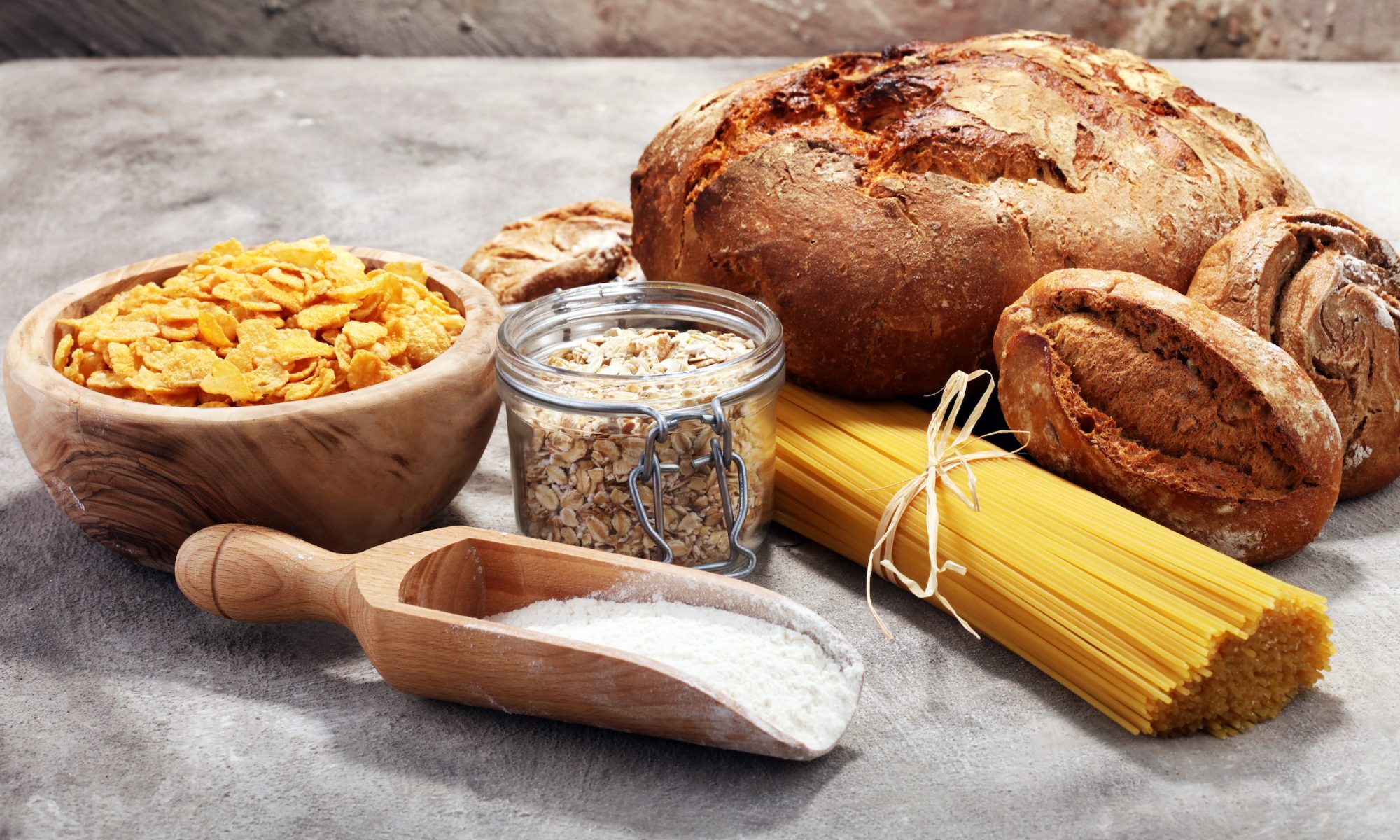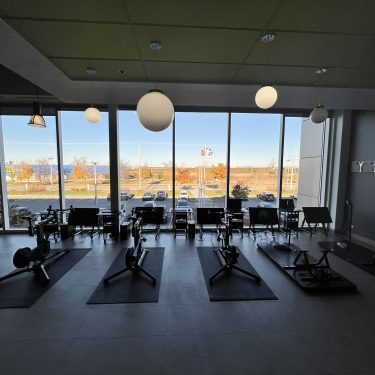


Carbohydrates, such an important element, but too often demonized. These are mainly found in legumes, fruits and famous starches such as bread and pasta. But why do we need it… apart from that it’s delicious?
In fact, carbohydrates are our main source of energy and so if you feel that you are often tired during your day or have difficulty finding the energy you need for your workouts, you may not don’t eat enough. For example, if your dinner only includes a salad with some source of protein, you may be lacking in energy in the afternoon. Also, if you’re used to training after work without adding carbohydrate-rich snacks after that kind of dinner, you’ll probably have trouble performing at your peak. Ideally, every meal should contain it. The amount you need will depend on your level of physical activity, however. The harder you train, the more your body will need to replenish its energy reserves and therefore the more carbohydrates should take up space on your plate. Generally, a quarter of the plate should be reserved for carbohydrates. For the great sportsmen, this quantity can even go up to half of the plate during the difficult days of training. To take the example of the protein salad, adding corn kernels, orzo or grilled pitas would transform it into a more balanced and supporting meal.
I can already hear some say: “Yes, but starchy foods make you gain weight, don’t you?”. In fact, indeed that if I always take more than my real needs, weight gain can occur. On the other hand, taking an adequate amount will improve my energy and decrease the chances that I will suffer from food cravings… commonly known as “craving”. In fact, the body is very well made and if it does not have what it needs, it can trigger signals too easily regain its source of energy. You’ve probably experienced the situation before: you just finished dinner, a nice piece of salmon and a good amount of vegetables… you’re not hungry anymore, but it looks like something is missing. You suddenly want to eat a piece of dessert, crisps or even chocolate. It’s completely normal: your body is asking for what it missed. Very rare are the times when your signals will turn to a wild rice or a bowl of quinoa. Usually, the body tries to move towards easier to digest foods in order to regain its energy, and therefore, more refined foods. If you often have this kind of “craving” and are used to having meals without starches, then the first step would be to start including them again.
Obviously, not all types of carbohydrates will have the same effect on our bodies. There are 3 types of carbohydrates: sugar, starch and fiber. Sugar being the famous sugar that we often hear about. On its own, sugar, whether it’s natural, like maple syrup, or added using white sugar, is still sugar… sugar that our bodies need. As for it, starch resembles sugar, but without its sweet taste. It is found in foods that contain carbohydrates, but without a particularly sweet taste, such as bread and potatoes. Finally, the type of carbohydrate that will make the difference in the speed at which you absorb the sugar or starch consumed is in fact fiber. Indeed, the higher your food is in fiber, the slower it will be absorbed. This way, you will have support over a longer period of time. Multigrain products, legumes, and fruits and vegetables are generally higher in fiber. Multigrain toast will therefore not be absorbed as quickly as apple juice (lack of fiber). However, this does not mean that apple juice should be eliminated. In fact, it all depends on the situation: if you’re going to train, apple juice will be easier to digest and will give you energy faster. On the other hand, during a meal away from your workout, multigrain toast gives you more stable energy over a longer period of time. Thus, before and during a workout, we can prioritize foods that are easier to digest and, at mealtime, we can turn to more complete sources.
What about sugar-free products in all this? In fact, as we have seen, our body is fuelled by carbohydrates. Your diet should contain it. If you still want to reduce them, you can choose products that are less sweet, such as products with no added sugar. On the other hand, products containing “ fake sugars ” (artificial sweeteners), such as aspartame, stevia, or sucralose, should not be used in abundance to avoid sugar at all costs. In fact, studies of these types of products show mixed results. Some of them show that artificial sweeteners can lead to an increased preference for sweet products as well as an increase in appetite. Some types have also led to blood effects similar to sugar consumption. Moderation is therefore the key in this kind of situation, especially knowing that sugar is not as bad as we tend to think.
So, take advantage of the recipe of the month to replenish your energy and remove the guilt you may have had when you ate starchy foods. Serve yourself a good portion of rice or even pita bread with your Shish Taouk skewers and your cucumber salad. Enjoy your food !
By: Joanie Séguin, Dt. P.
Nutritionist, AXiO Sports Medicine Clinic
References
- Coleman E. Chapter 2 – Carbohydrate and exercise Sports nutrition: a practical manual for Professionals. 5th ed. ed: Academy of Nutrition and Dietetics; 2012.
- Fagherazzi, G., Vilier, A., Saes Sartorelli, D., Lajous, M., Balkau, B., & Clavel-Chapelon, F. (2013). Consumption of artificially and sugar-sweetened beverages and incident type 2 diabetes in the etude epidémiologique auprès des femmes de la Mutuelle générale de l’Education Nationale–European prospective investigation into cancer and nutrition cohort. The American Journal of Clinical Nutrition, 97(3), 517–523. https://doi.org/10.3945/ajcn.112.050997
- Jeukendrup A. A step towards personalized sports nutrition: carbohydrate intake during exercise. Sports Med. 2014;44 Suppl 1:s25-33.
- Whitney, E., Rolfes, S. R., Hammond, G., & Piché, L. A. (2015). Chapter 4: The Carbohydrates: sugars, Starches, and Fibres. In Understanding nutrition (pp. 96–133). essay, Nelson education.












